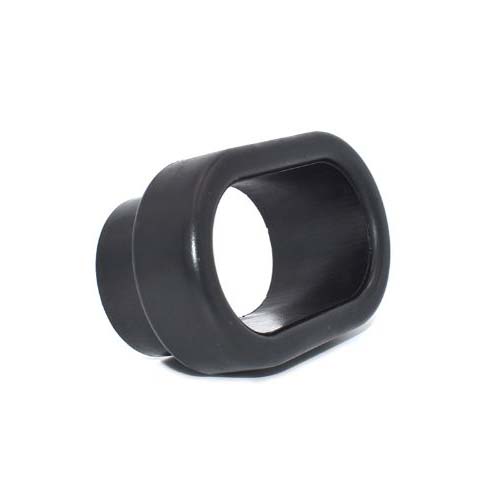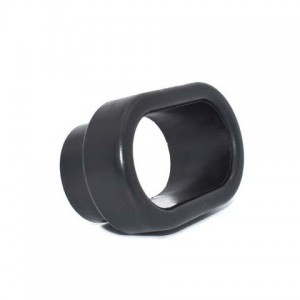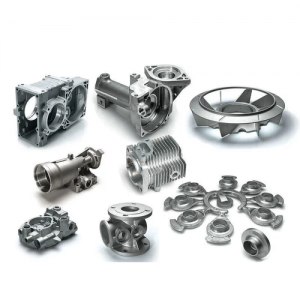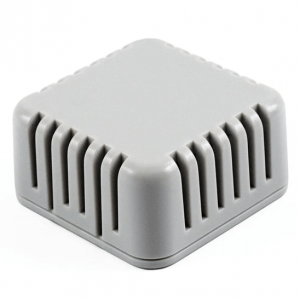Brief Introduction of PA Nylon Materials
Information of PA Nylon
| Features | Info |
| Color | A white or cream color |
| Process | Injection molding, 3D printing |
| Tolerance | With drawing: as low as +/- 0.005 mm No drawing: ISO 2768 medium |
| Applications | Automotive components, consumer goods, industrial and mechanical parts, electrical and electronics, medical, ect. |
Available PA Nyloy Subtypes
| Subtypes | Origin | Features | Applications |
| PA 6 (Nylon 6) | Derived from caprolactam | Offers a good balance of strength,toughness,and thermal resistance | Automotive components, gears, consumer goods, and textiles |
| PA 66 (Nylon 6,6) | Formed from the polymerization of adipic acid and hexamethylene diamine | Slightly higher melting point and better wear resistance than PA 6 | Automotive parts, cable ties, industrial components, and textiles |
| PA 11 | Bio-based, derived from castor oil | Excellent UV resistance, flexibility, and lower environmental impact | Tubing, automotive fuel lines, and sports equipment |
| PA 12 | Derived from laurolactam | Known for its flexibility and resistance to chemicals and UV radiation | Flexible tubing, pneumatic systems, and automotive applications |
General Information for PA Nylon
PA nylon can be painted to improve its aesthetic appeal, provide UV protection, or add a layer of chemical resistance. Proper surface preparation, such as cleaning and priming, is essential for optimal paint adhesion.
Nylon parts can be mechanically polished to achieve a smooth, glossy finish. This is often done for aesthetic reasons or to create a smoother contact surface.
Lasers can be used to mark or engrave PA nylon parts with barcodes, serial numbers, logos, or other information.










